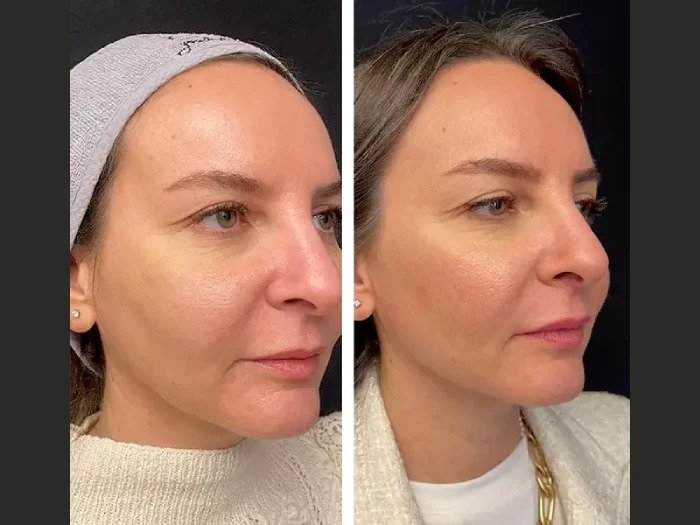When your pet needs surgery or certain diagnostic procedures, anesthesia is often necessary. While the idea can be worrying, modern veterinary medicine makes pet anesthesia safer than ever. In Abbotsford, veterinary clinics follow strict safety protocols to ensure pets remain comfortable, stable, and well-monitored before, during, and after anesthesia.
This guide explains exactly how professional veterinary teams keep your furry friend safe every step of the way.
Understanding Pet Anesthesia
Anesthesia is a controlled medical process that prevents pain and movement during surgery or diagnostic procedures. In pets, it can involve sedation (making them relaxed and sleepy) or general anesthesia (where they are fully unconscious).
Veterinary clinics in Abbotsford use carefully calculated doses based on a pet’s weight, age, breed, and health condition. This precision is key to minimizing risks and promoting a smooth recovery.
Pre-Anesthetic Evaluation
Before any anesthesia, your pet will undergo a full physical exam. This often includes:
· Blood work to check liver, kidney, and heart function
· Health history review to assess risk factors
· Diagnostic imaging if needed for underlying conditions
These steps help the veterinary team decide on the safest anesthesia type and dosage for your pet.
Professional pre-anesthetic screening is the first layer of protection when it comes to Pet Anesthesia Abbotsford services.
Advanced Anesthesia Monitoring
During anesthesia, constant monitoring is crucial. In Abbotsford veterinary clinics, pets are observed with modern monitoring equipment such as:
· Pulse oximeters to measure oxygen levels
· ECG machines to track heart activity
· Blood pressure monitors for circulation
· Capnography to track breathing and CO₂ levels
Alongside technology, a trained veterinary technician stays by your pet’s side, making sure everything remains stable.
Customized Anesthesia Protocols
No two pets are the same, so anesthesia is never “one size fits all.” Veterinary teams create custom plans based on:
· Breed sensitivity
· Pre-existing medical issues
· Age and weight
· Type of procedure
This individualized approach reduces the risk of complications and ensures your pet receives only the amount of anesthesia necessary.
Pain Management and Recovery Care
Anesthesia isn’t only about keeping pets unconscious; it’s also about keeping them comfortable before, during, and after the procedure. In Abbotsford, vets often use a combination of anesthesia and pain-relief medications to improve recovery.
After the procedure, your pet is moved to a warm, quiet recovery area where trained staff monitor breathing, heart rate, and responsiveness. You’ll also get detailed at-home care instructions to help your pet heal comfortably.
Reducing Risks for Special Cases
Some pets need extra attention during anesthesia, such as seniors, brachycephalic breeds (like Bulldogs or Pugs), or pets with heart disease. For these cases, vets may:
· Use milder anesthesia drugs
· Monitor more frequently
· Shorten anesthesia time
· Provide oxygen support
This proactive care ensures even high-risk pets can undergo anesthesia safely.
Why Choosing the Right Clinic Matters
Not all clinics have the same equipment, training, or safety standards. In Abbotsford, look for a veterinary clinic that:
· Performs thorough pre-anesthetic exams
· Has advanced monitoring tools
· Employs experienced veterinary technicians
· Provides tailored anesthesia plans
Choosing a clinic with these qualities greatly increases your pet’s safety.
Safe pet anesthesia is a result of training, technology, and careful planning. Veterinary clinics in Abbotsford combine all three to make sure your pet is as safe as possible before, during, and after their procedure.
For compassionate and professional anesthesia care, contact Alpha Animal Hospital—where your pet’s health is always the top priority.
FAQs About Safe Pet Anesthesia in Abbotsford
1. Is anesthesia safe for senior pets?
Yes, but senior pets need extra monitoring and sometimes different drugs. A thorough pre-anesthetic exam helps reduce risk.
2. How long will my pet take to recover from anesthesia?
Most pets are alert within a few hours, but full recovery can take 24 hours or more depending on the procedure.
3. Will my pet be in pain after anesthesia?
No, pain management is part of the process. Your vet will prescribe medications if needed.
4. Can I feed my pet before anesthesia?
Usually no—pets are asked to fast for 8–12 hours before anesthesia to prevent complications.
5. What signs should I watch for after anesthesia?
Excessive drooling, vomiting, difficulty breathing, or extreme lethargy should be reported to your vet immediately.





